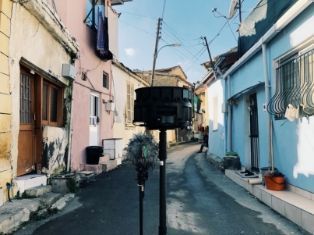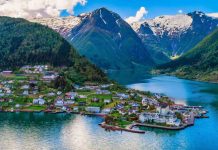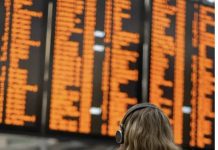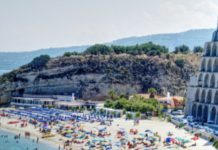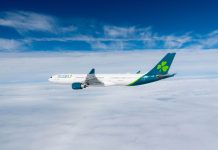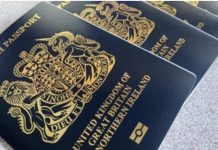Virtual Reality and 3D modelling have been used to bring some of the world’s hidden areas to life online.
Portraits of No Man’s Land, launched on Google Arts and Culture, allows people to explore parts of the world from former war zones to rebel held territory.
Geography researchers visited the UN Buffer Zone in Cyprus, guerrilla held areas of the Colombian jungle and French villages abandoned during World War One (WWI).
The result is a series of films and visual stories allowing people to visit these historically significant areas of the planet.
Along the way, researchers have captured the stories of local people including farmers in the Western Amazon who live in a former war zone and are now dealing with climate change.
They documented the experience of a political activist and author crossing the barriers that divide Nicosia in Cyprus.
They also spoke to a French mayor who talks about how he is keeping alive villages left unoccupied following WWI.
Using innovative technology the project lets people see a 3D model of a former rebel leader’s home deep in the Colombian jungle.
Visitors can explore the first ever 3D picture of an aeroplane abandoned on the tarmac at Nicosia International Airport in Cyprus.
And the team hasidentified one of the first images of the no man’s land between the WWI trenches, taken by a Scottish nurse, Mairi Chisholm.
The project was inspired by a 6,000-mile expedition in 2015 exploring areas of no man’s land in Europe and Africa.

